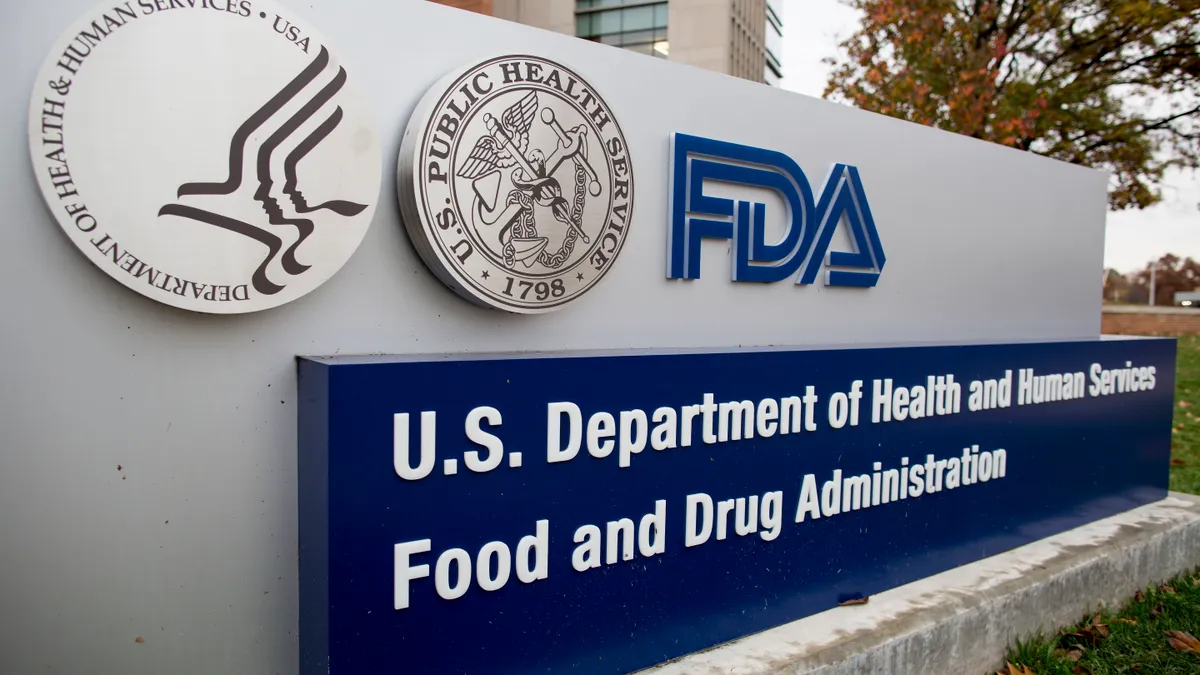Dive Brief:
- An FDA advisory committee was overwhelmingly not convinced of the effectiveness of a Neovasc implantable device to treat refractory angina, voting 17-1 on Tuesday against recommending the procedure for U.S. patients. Neovasc's stock tumbled 43% in early trading Wednesday.
- Following a day of presentations and deliberations in FDA's first device panel held virtually during the COVID-19 pandemic, panel members concluded by a 13-3 count, with two abstentions, that the Neovasc system's benefits failed to outweigh the risks for use in refractory angina patients unsuited for coronary artery bypass grafting or percutaneous coronary intervention. Fourteen of the 18 outside experts on the panel voted in support of the device's safety.
- "Clearly, we are disappointed with the meeting's outcome, and we will provide further updates in the coming weeks," Neovasc CEO Fred Colen said Wednesday in a written statement.
Dive Insight:
The conclusions are a major setback for Neovasc, which received an FDA breakthrough designation for the Reducer implant in October 2018. Although FDA is not bound by the decisions of its advisory panels, it often follows them.
The small Canadian company, which sells the Reducer in Europe, saw its revenues drop 35% to $284,000 in the second quarter as the COVID-19 pandemic paused elective procedures. In addition to pursuing a PMA application for Reducer, which it submitted in December, Neovasc has also filed for a CE mark in the European Union for its Tiara transapical mitral valve replacement system.
The FDA advisory panel's unwillingness to endorse Reducer, designed to help relieve debilitating chest pain in patients who do not respond well to medical therapy, centered on what most panel members said was a lack of sufficient data to demonstrate effectiveness. Panelists took issue with the limited sample size in the company's COSIRA study and pointed to missing data in the results.
The study, published in the New England Journal of Medicine in 2015, showed 35% of patients in the treatment group (18 of 52 patients) had improvement of at least two Canadian Cardiovascular Society angina classes at six months, compared to 15% of those in the control group. The company in June also released interim results from 241 refractory angina patients in the REDUCER-I study that showed 70% saw improvement in their symptoms through three years by one CCS class, and 34% saw symptom improvement of two CCS classes.
But in an executive summary published before the meeting, FDA pointed out that while it granted the breakthrough device designation for Reducer based on the technology's potential to benefit refractory angina patients with no other options, the agency also indicated to Neovasc that additional premarket randomized clinical data was needed to provide reasonable assurance of safety and effectiveness. The breakthrough device program offers increased communication with FDA but does not reduce statutory requirements for device approval.
Several panelists during Tuesday's meeting echoed FDA's concern about insufficient data to support Reducer. Concerns were also raised about a lack of data on long-term effects of the permanent implant, beyond six months, and some panelists expressed lack of confidence in the device's mechanism of action. The stent-like device is implanted in the coronary sinus to modulate the outflow of oxygenated blood in the vein and redistribute it into areas of the heart with poor blood supply.
SVB Leerink analysts on Wednesday made the case that the panel was "deliberating over results of the CE mark trial and COSIRA rather than an RCT."
At the same time, the analysts acknowledged the uncertainty that the panel outcome "will bring around the company's ability to fund such an RCT, which could run in the tens of millions of dollars and would facilitate the need for more capital."










